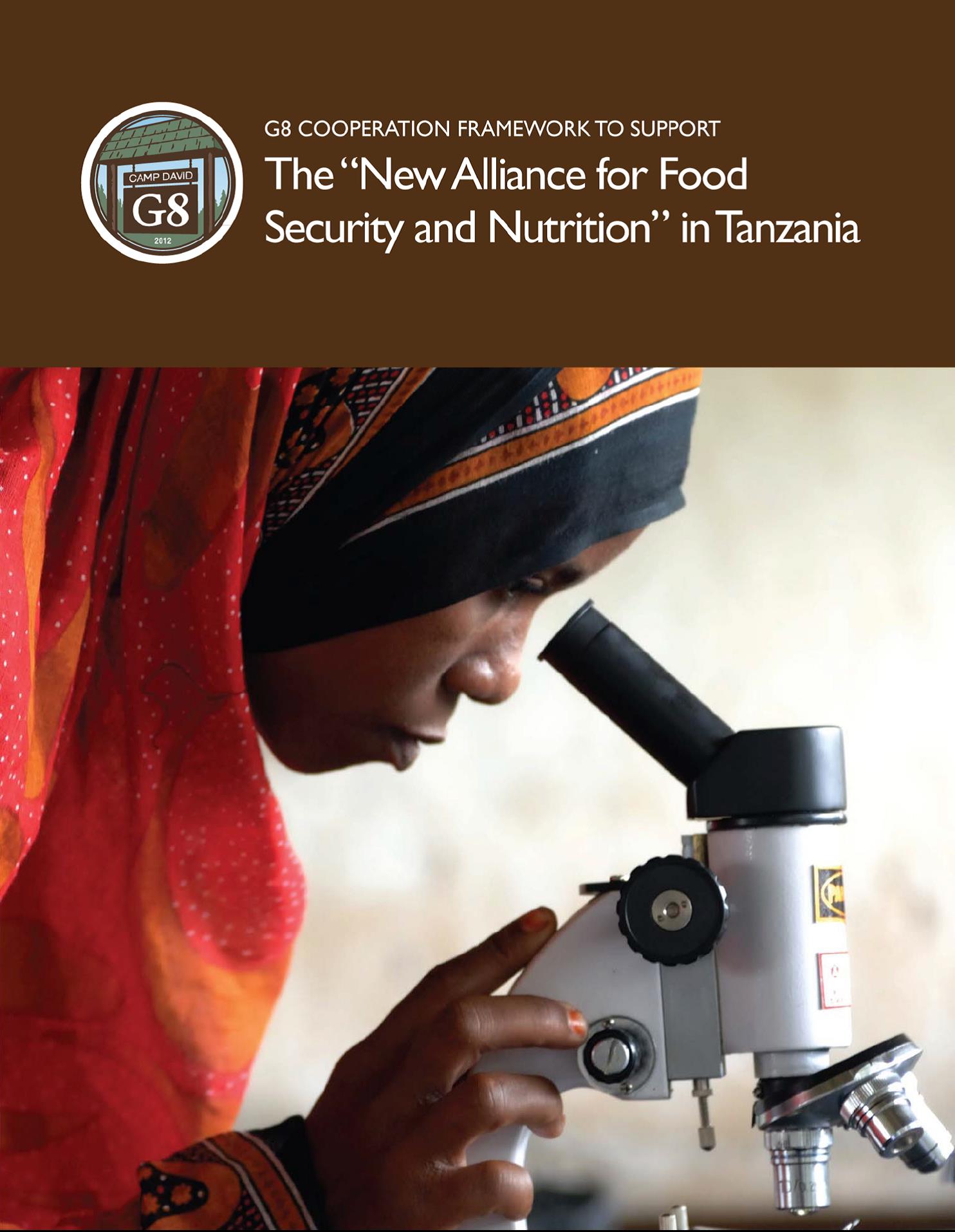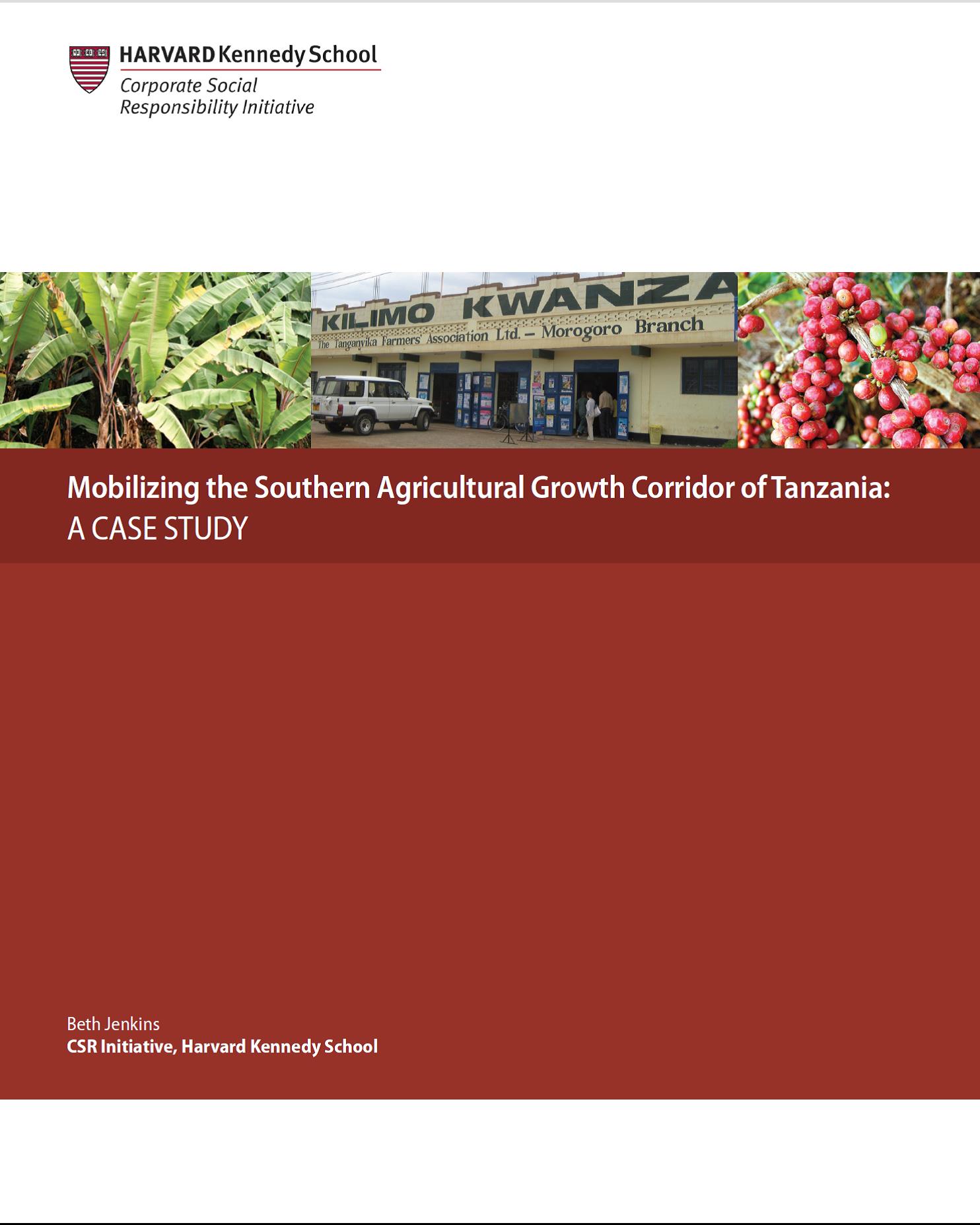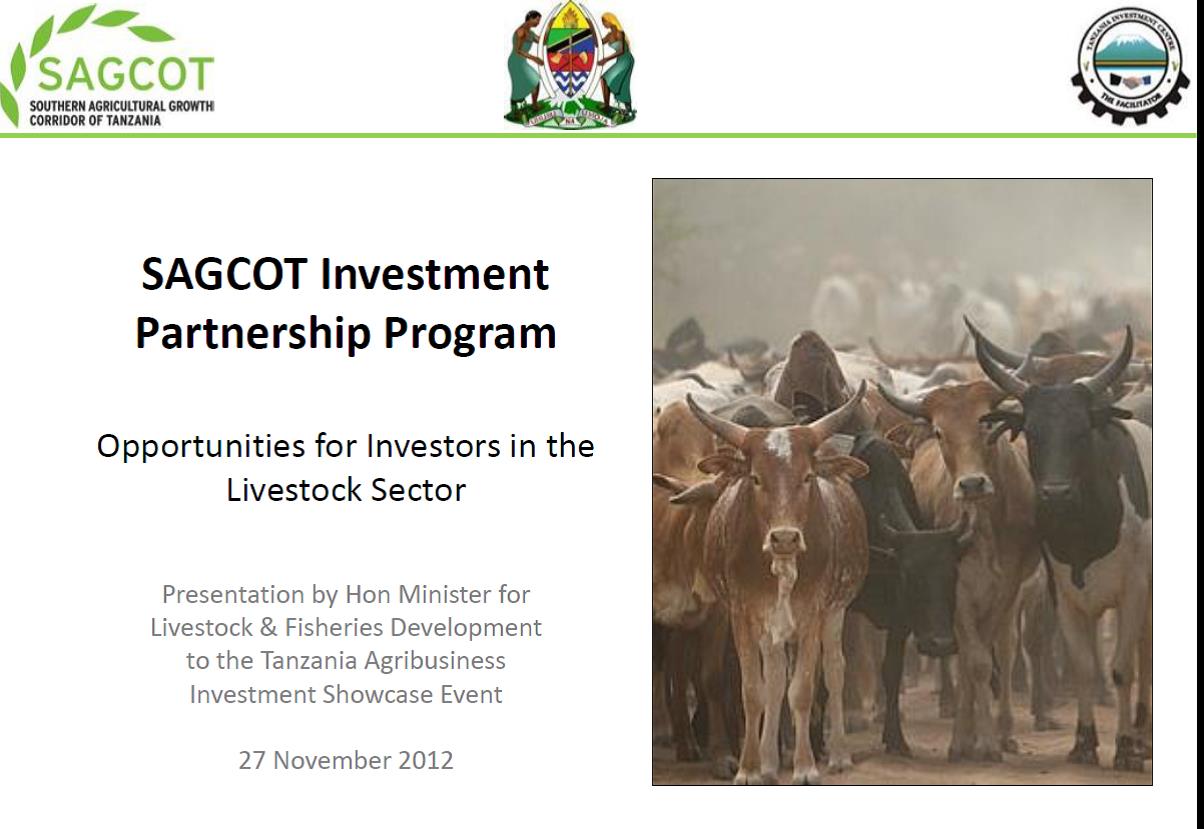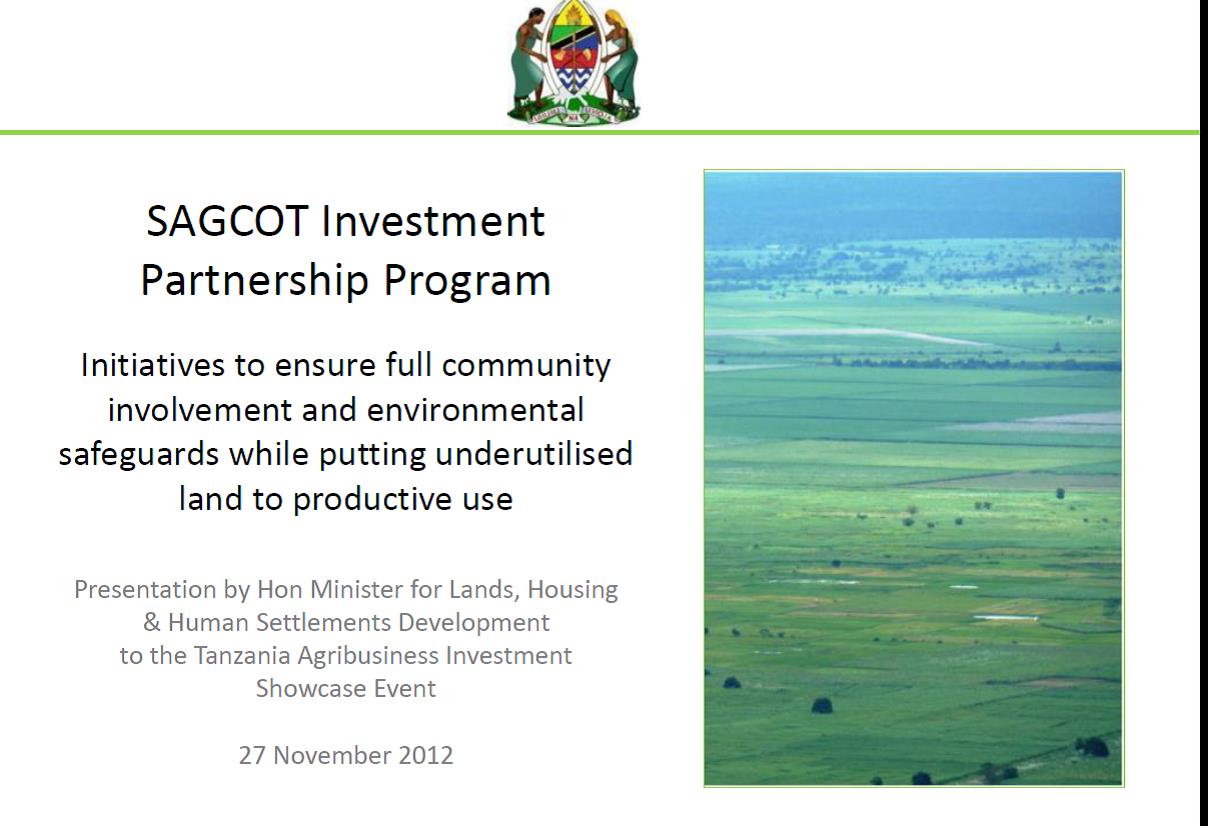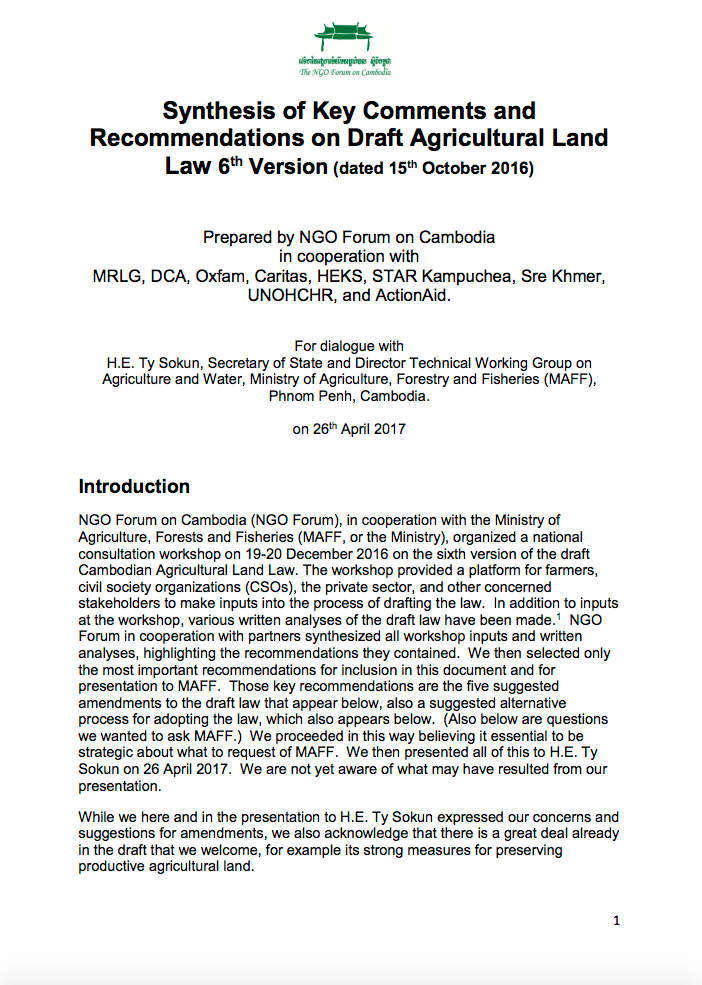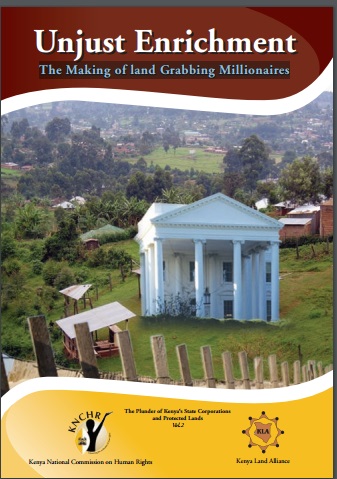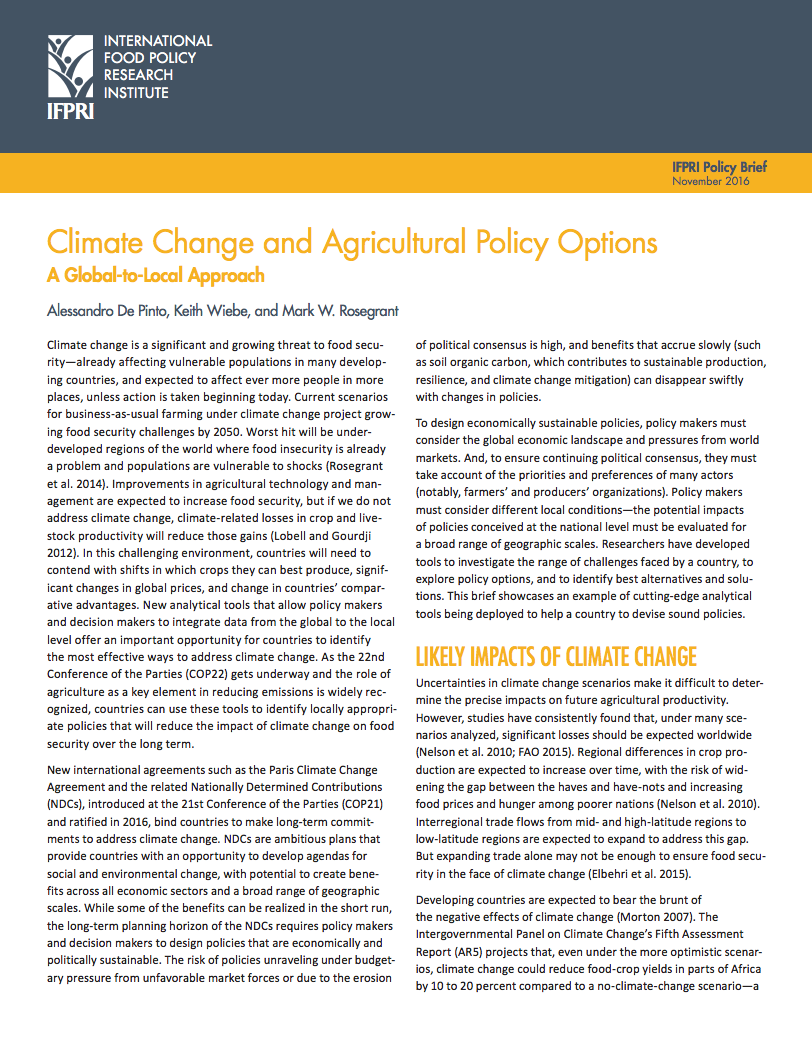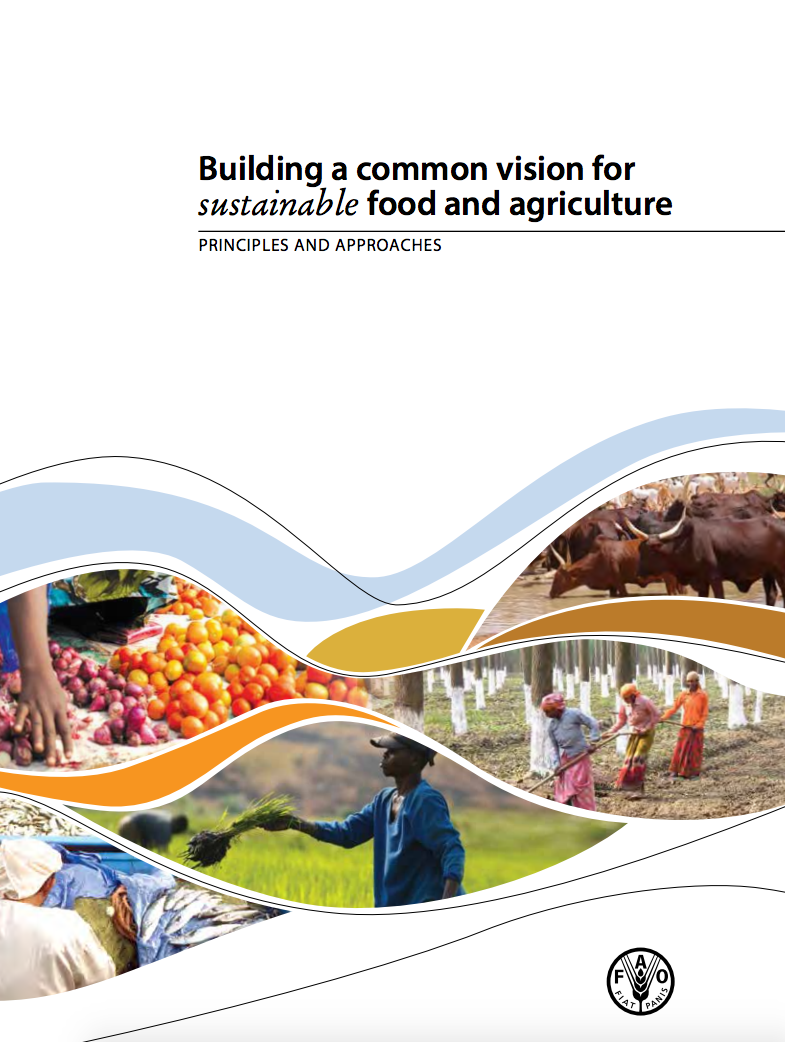G8 Cooperation Framework to Support "the New Alliance for Food Security and Nutrition" in Tanzania
Three years after the G8 Summit at L’Aquila, Italy, the international community recognizes the importance of food security to development, inclusive economic growth and the dignity of all women and men. In that spirit, we welcome the success of the Comprehensive Africa Agriculture Development Program (CAADP) in demonstrating African ownership and leadership, its call for expanded public and private investment in agriculture and desire to build on the progress that African governments have made in advancing a vision for agricultural development in Africa.

